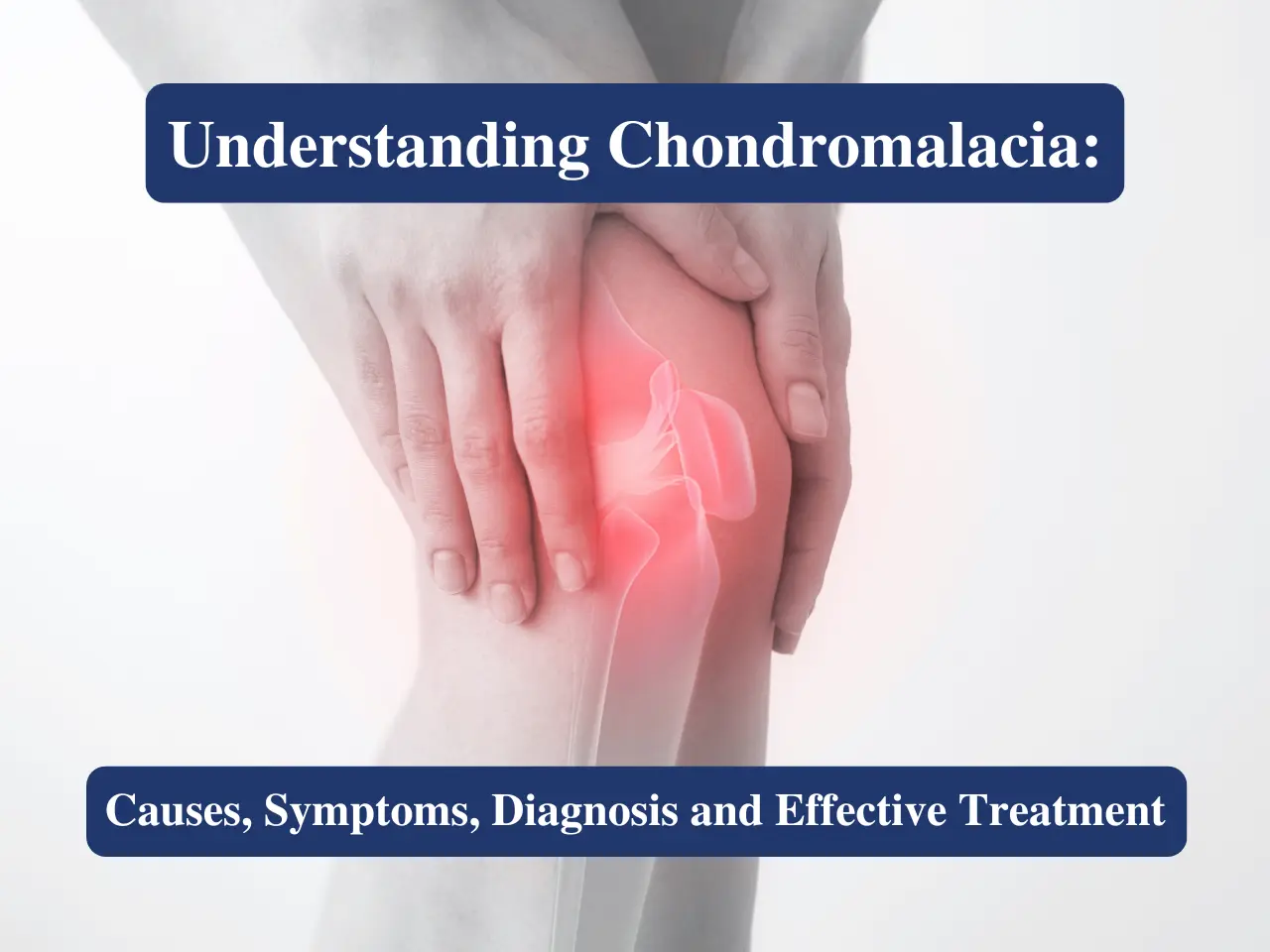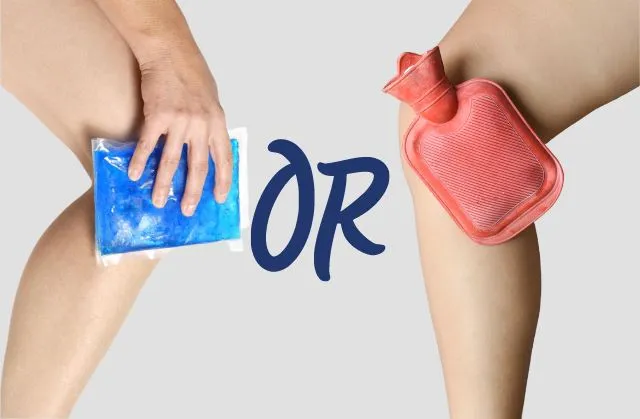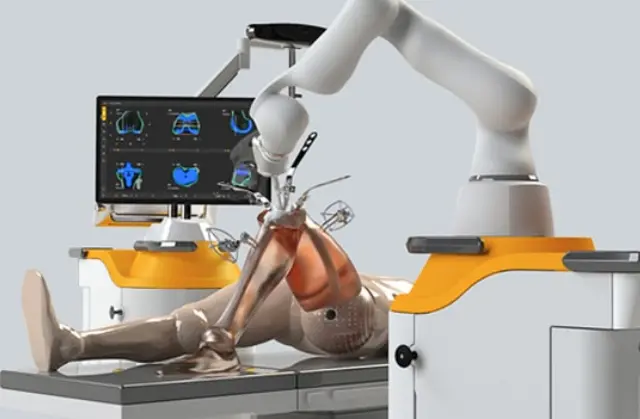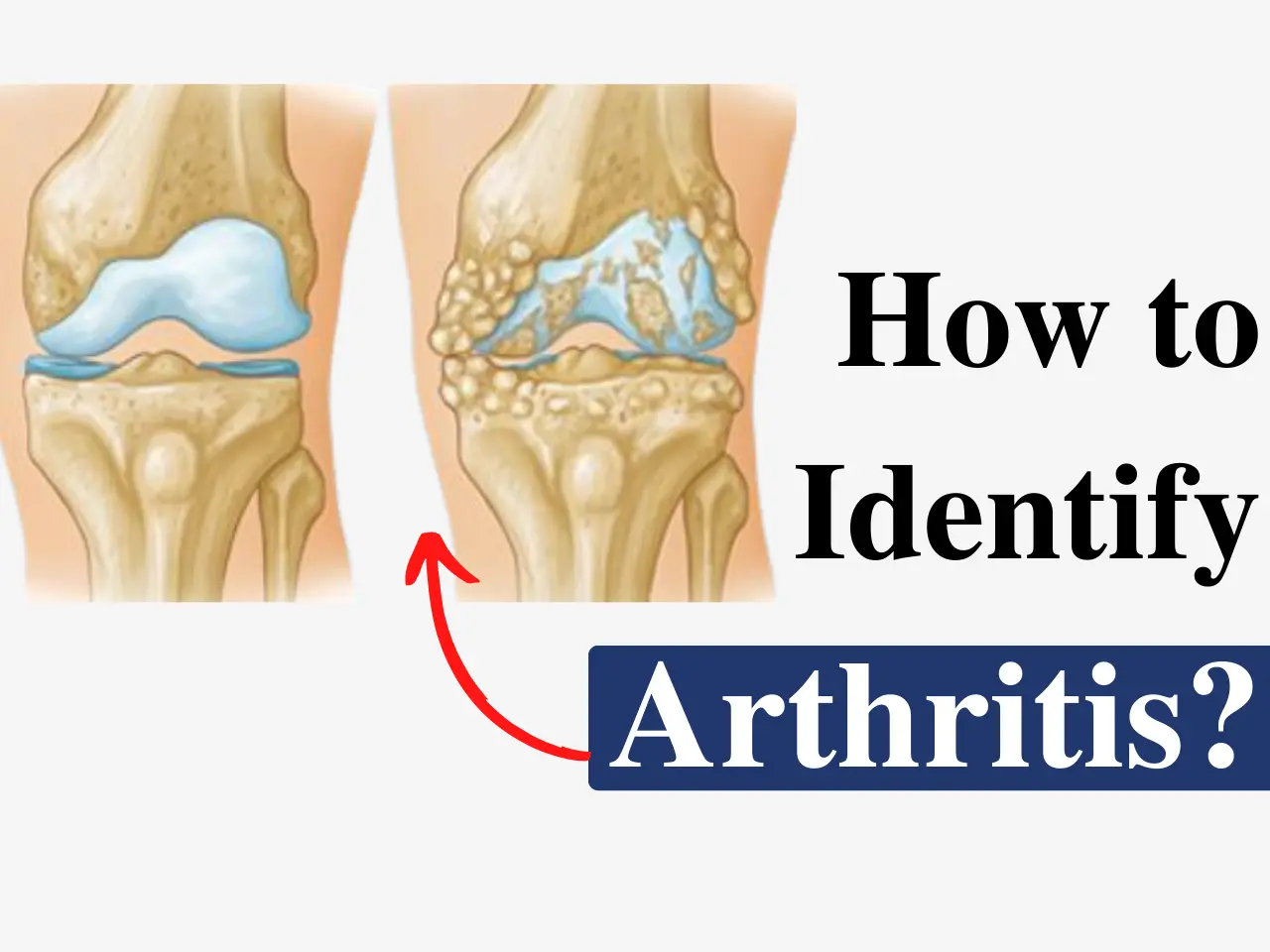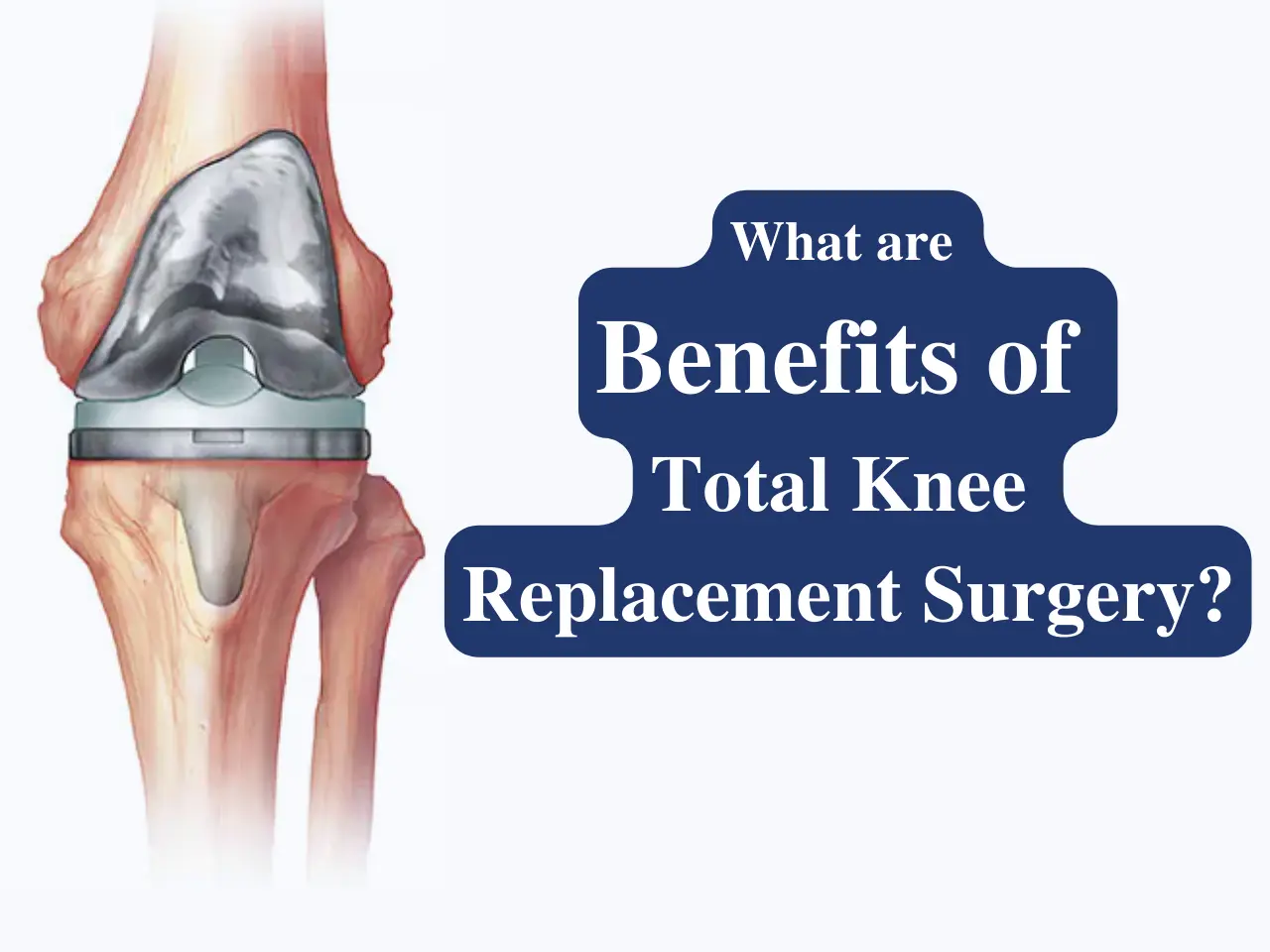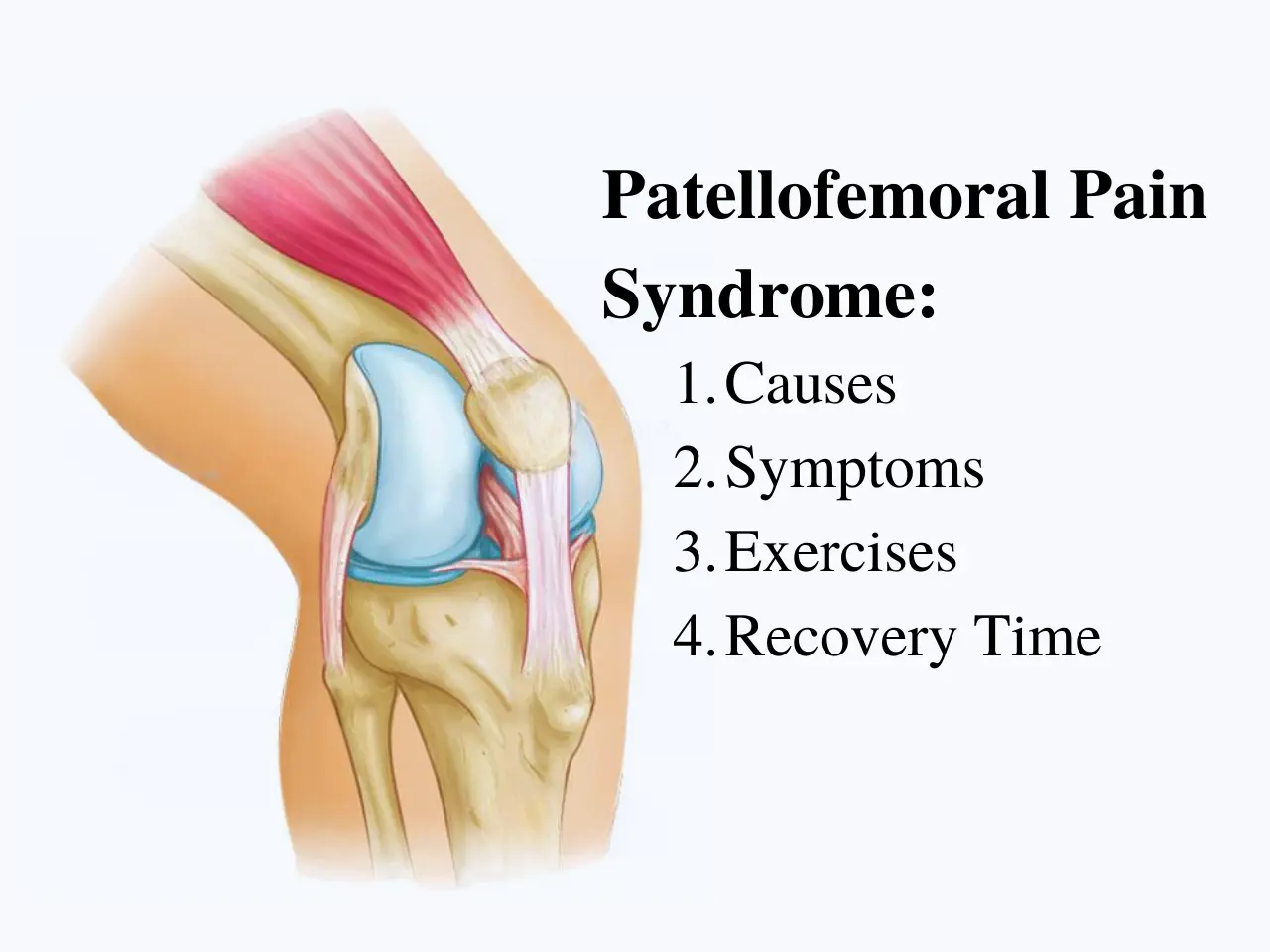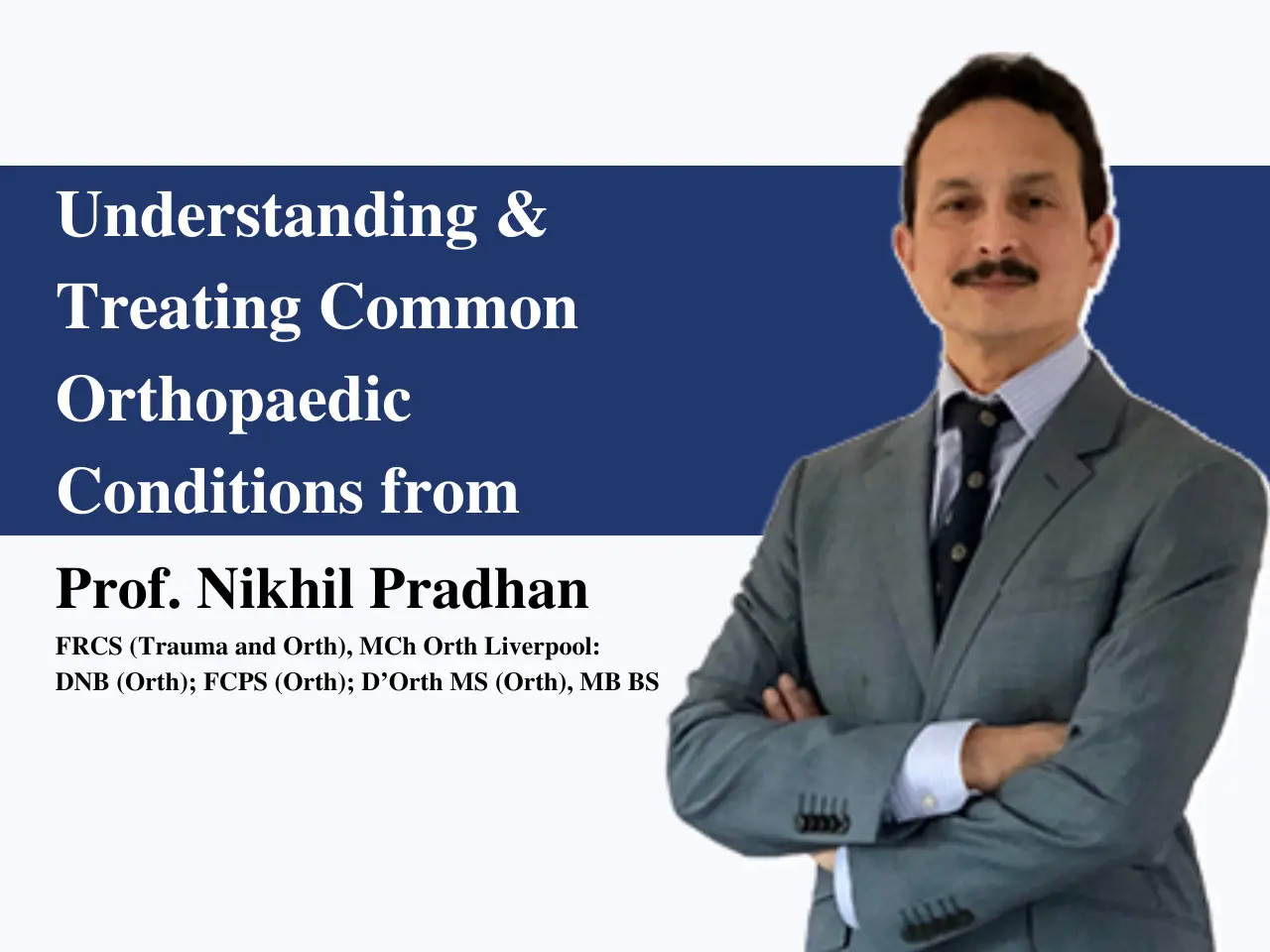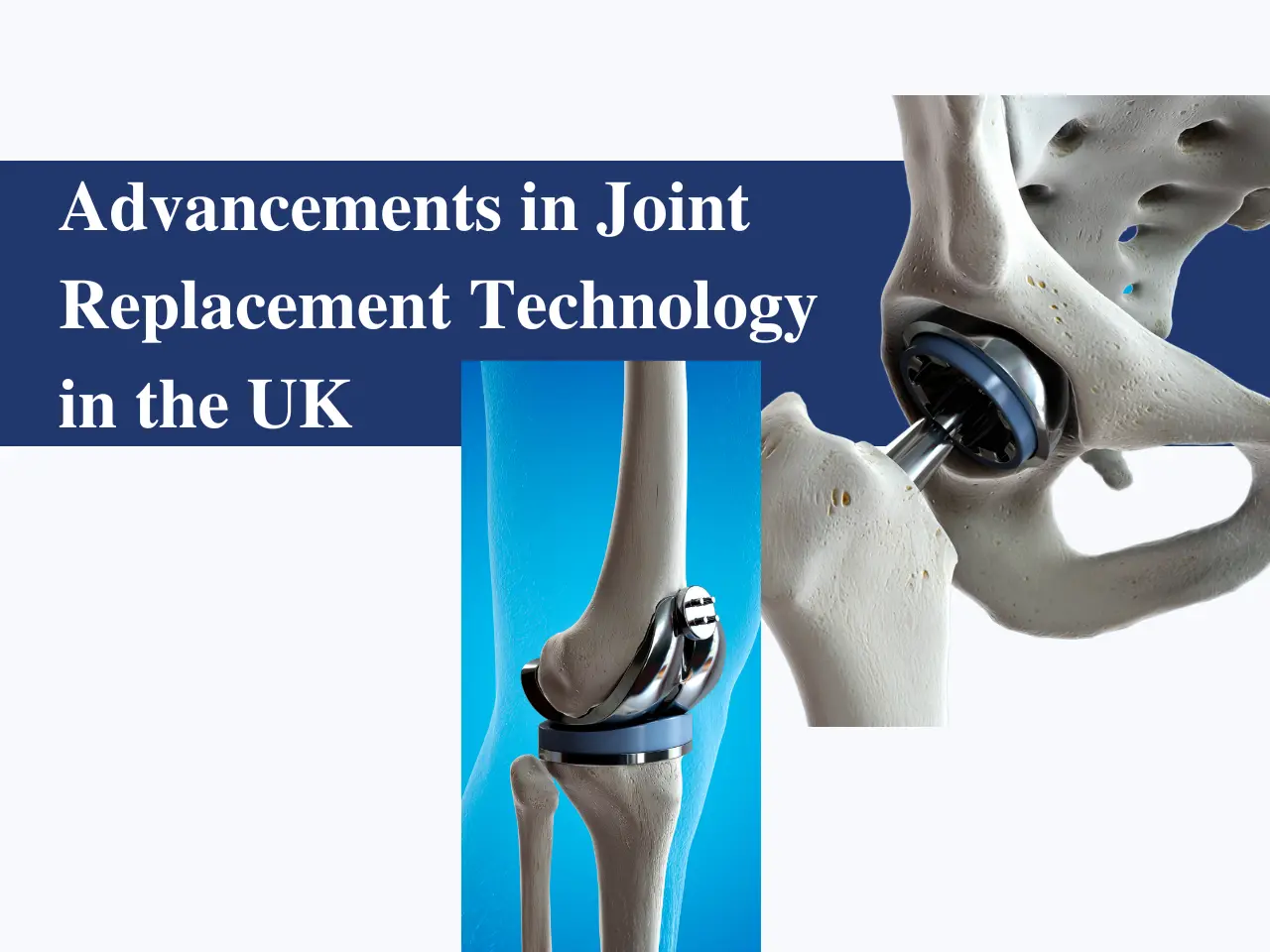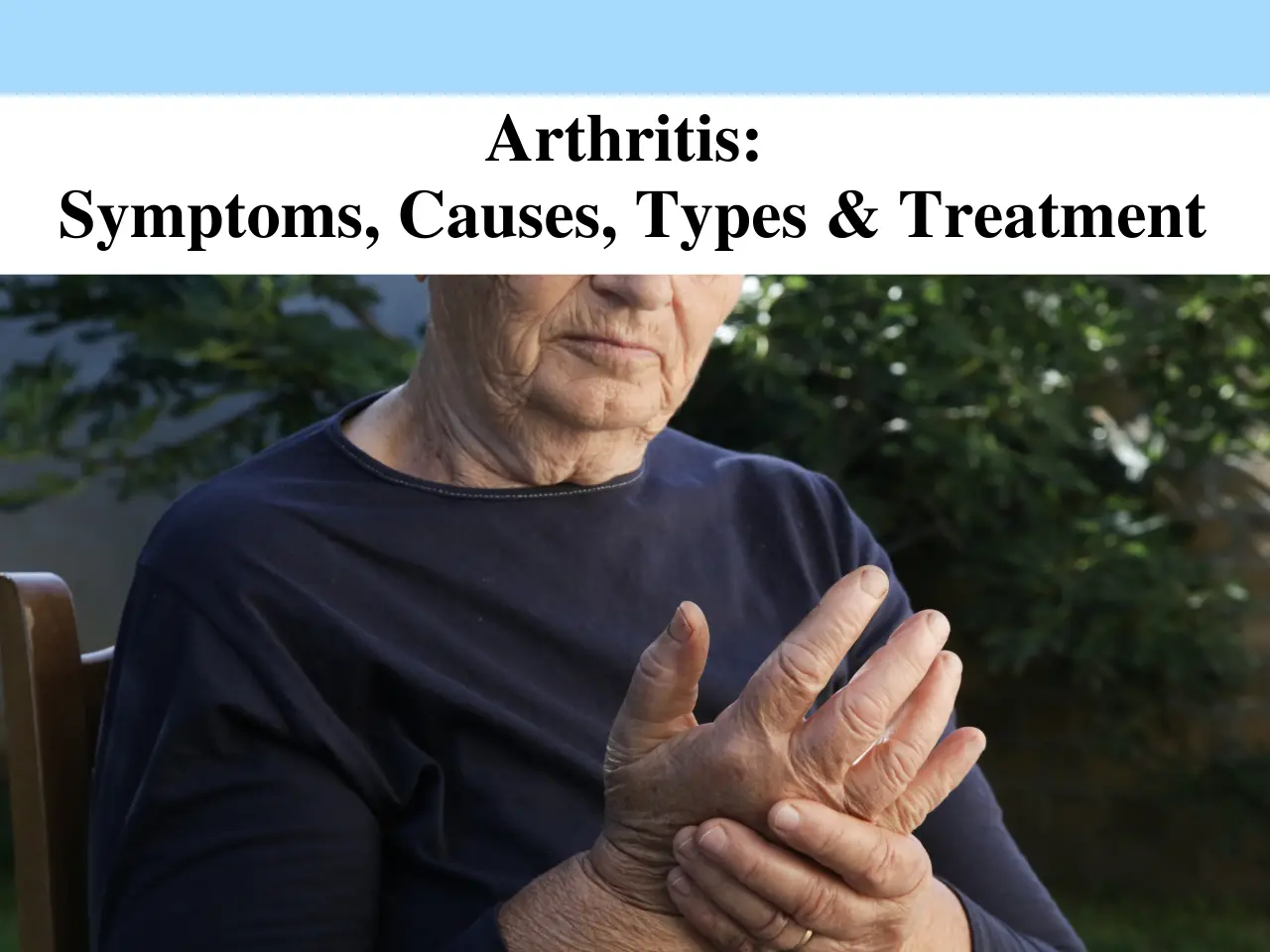Introduction
Chondromalacia is a condition that affects the cartilage beneath the kneecap, leading to pain and discomfort in the knee joint. Often referred to as chondromalacia patella, this condition can significantly impact daily activities and quality of life.
Understanding its causes, symptoms, diagnosis, and treatment options is crucial for effective management and relief.
What is Chondromalacia Patella?
Chondromalacia patella is a condition characterized by the softening and breakdown of the cartilage on the underside of the kneecap. This cartilage, known as articular cartilage, plays a vital role in providing smooth movement and cushioning within the knee joint.
When it becomes damaged or deteriorates, it can lead to pain, inflammation, and difficulty in movement.
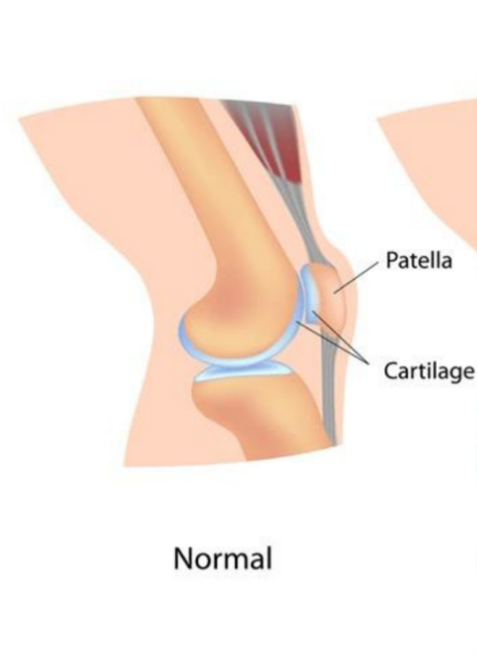
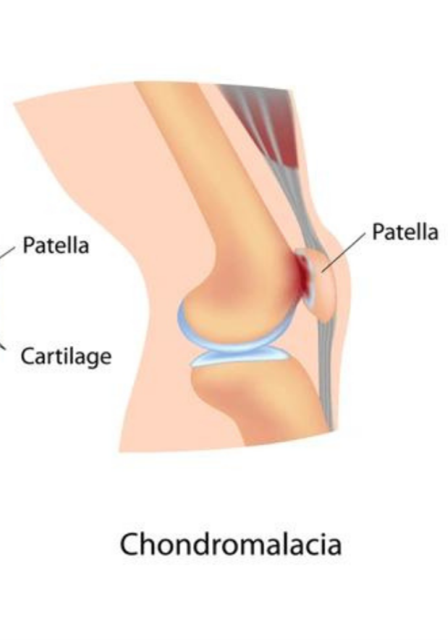
Causes of Chondromalacia
The development of chondromalacia can be attributed to several factors:
Overuse and Repetitive Stress: Athletes and individuals engaging in activities involving repetitive knee movements are susceptible to overuse injuries, which can contribute to chondromalacia.
Misalignment of the Patella: Patellar tracking disorder, where the kneecap does not move smoothly along its groove, can lead to uneven pressure on the cartilage, causing it to wear down over time.
Muscle Weakness or Imbalance: Weakness or imbalance in thigh muscles, particularly the quadriceps, can affect knee joint stability and alignment, predisposing individuals to chondromalacia.
Trauma or Injury: Direct trauma to the knee or sudden twisting motions can damage the cartilage, increasing the risk of chondromalacia.
Other Factors: Age, gender, and certain activities or sports can also increase the likelihood of developing chondromalacia.
Symptoms of Chondromalacia
Recognizing the symptoms of chondromalacia is crucial for early intervention and management:
- Knee Pain: Individuals may experience pain in the front of the knee, particularly with activities such as climbing stairs, squatting, or prolonged sitting with knees bent.
- Grinding or Popping Sensation: Some individuals may notice a grinding or popping sensation in the knee joint during movement, indicating cartilage damage.
- Swelling and Inflammation: Swelling and inflammation around the knee joint, especially after physical activity, may occur.
- Limited Range of Motion: Stiffness and limited range of motion in the knee joint may accompany chondromalacia symptoms.
- Aggravating Factors: Symptoms may worsen with continued activity or exacerbating factors, affecting daily activities and overall mobility.
Diagnosis of Chondromalacia
Diagnosing chondromalacia typically involves a combination of clinical evaluation and imaging studies:
- Physical Examination: Healthcare providers conduct a thorough physical examination to assess knee function, stability, and range of motion, identifying any signs of cartilage damage or patellar misalignment.
- Imaging Tests: X-rays, MRI, or CT scans may be recommended to visualize the internal structures of the knee joint and detect any abnormalities, such as cartilage thinning or irregularities.
- Arthroscopy: In some cases, arthroscopic surgery may be performed to directly visualize the cartilage and confirm the diagnosis of chondromalacia.
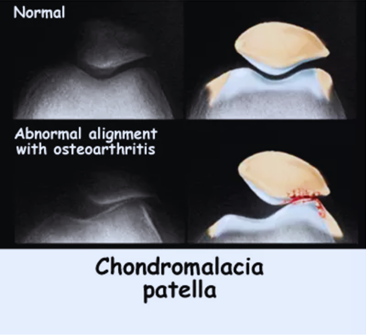
Chondromalacia Exercises to Relieve Knee Pain
Chondromalacia patellae, commonly referred to as runner’s knee, can cause significant discomfort and limitations in daily activities due to the softening and deterioration of the cartilage beneath the kneecap.
While seeking professional guidance for chondromalacia is crucial, incorporating specific exercises into your routine can help alleviate symptoms, strengthen the surrounding muscles, and improve knee joint function.
Let’s explore some effective exercises tailored to individuals with chondromalacia:
1- Quadriceps Strengthening Exercises:
- Straight Leg Raises: Lie on your back with one leg bent and the other straight. Lift the straight leg off the ground, keeping it straight, and hold for a few seconds before lowering it back down. Repeat for several repetitions on each leg.
- Wall Sits: Stand with your back against a wall and slowly lower your body into a seated position, as if sitting in an invisible chair. Hold this position for 20-30 seconds before standing back up. Repeat for multiple sets.
- Leg Presses: Using a leg press machine or resistance bands, push your feet against the resistance, extending your legs fully, and then slowly bending them back to the starting position. Aim for controlled movements and avoid locking your knees.
2- Hamstring Stretching Exercises:
- Standing Hamstring Stretch: Stand with one foot elevated on a step or stool. Keeping your knee straight, lean forward from your hips until you feel a stretch in the back of your thigh. Hold for 20-30 seconds and then switch legs.
- Seated Hamstring Stretch: Sit on the floor with one leg straight and the other bent. Lean forward from your hips, reaching towards your toes on the straight leg side. Hold for 20-30 seconds and then switch legs.
3- Hip Strengthening Exercises:
- Clamshells: Lie on your side with your hips and knees bent. Keeping your feet together, lift the top knee towards the ceiling while keeping your pelvis stable. Hold for a few seconds before lowering back down. Repeat for several repetitions on each side.
- Hip Abduction: Using a resistance band around your ankles, stand with your feet hip-width apart. Slowly lift one leg out to the side against the resistance of the band, then return to the starting position. Repeat for multiple repetitions on each leg.
4- Core Strengthening Exercises:
- Planks: Start in a push-up position, with your forearms on the ground and your body in a straight line from head to heels. Hold this position for as long as possible while engaging your core muscles.
- Bridge Exercise: Lie on your back with your knees bent and feet flat on the ground. Lift your hips off the ground, creating a straight line from your shoulders to your knees. Hold for a few seconds before lowering back down.
5- Low-Impact Cardio Exercises:
- Swimming: Swimming is an excellent low-impact exercise that provides cardiovascular benefits without placing excessive strain on the knees.
- Cycling: Stationary or outdoor cycling can help improve knee joint mobility and strengthen leg muscles while minimizing impact on the knees.
Safety Tips:
- Start slowly and gradually increase the intensity and duration of your exercises.
- Listen to your body and avoid any movements that cause pain or discomfort.
- Always maintain proper form and technique during exercises to prevent injury.
- If you experience persistent or worsening pain, consult a healthcare professional for further evaluation and guidance.
Chondromalacia Patella Treatment Options in Cheshire
Fortunately, most cases of Chondromalacia Patella respond well to non-surgical treatments. Prof. Nikhil Pradhan, a leading Knee Replacement Surgeon in Cheshire, emphasizes a personalized approach to managing runner’s knee.
Here’s an overview of the treatment options:
- Non-surgical Treatment: This is the preferred approach for most cases.
- RICE: Rest, Ice, Compression, and Elevation are crucial for reducing inflammation and promoting healing.
- Strengthening Exercises: Exercises targeting the quadriceps and hamstring muscles are essential for improving knee stability and reducing stress on the kneecap.
- Taping or Bracing: Kinesio taping or wearing a knee brace can provide support to the kneecap and improve its tracking.
- Pain Medication: Over-the-counter pain relievers like ibuprofen can help manage discomfort during the healing process.
- Surgical Treatment: In rare and severe cases where non-surgical methods fail to offer relief, Prof. Nikhil Pradhan may consider arthroscopic surgery. This minimally invasive procedure allows him to access the joint and repair damaged cartilage.
Remember, early diagnosis and appropriate treatment are key to managing Chondromalacia Patella effectively and preventing further complications.
Schedule a consultation with Prof. Nikhil Pradhan, a leading Orthopaedic Surgeon in Cheshire, to discuss your knee pain and explore personalized treatment options for Chondromalacia Patella.
Prof. Nikhil Pradhan’shttps://nikhilpradhan.co.uk/about-us/ expertise and experience can help you get back to your active lifestyle without knee pain.

